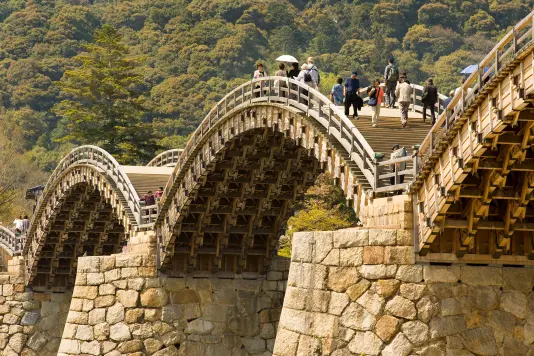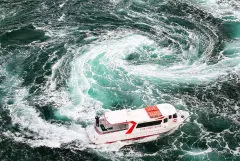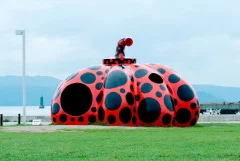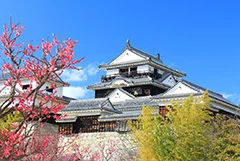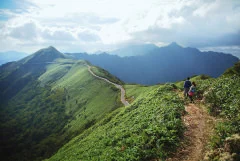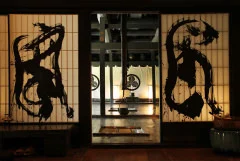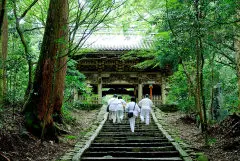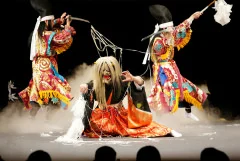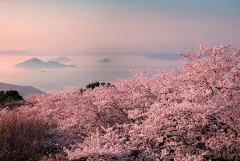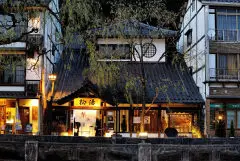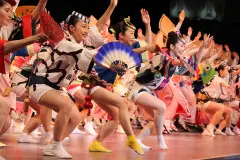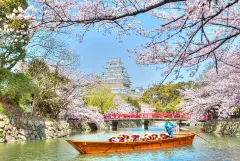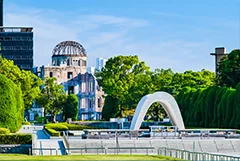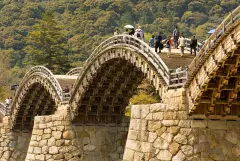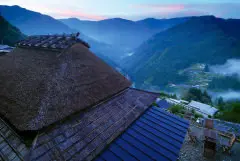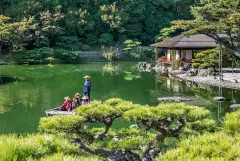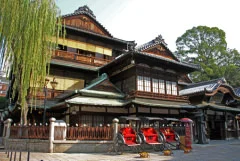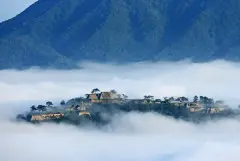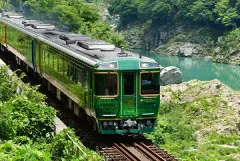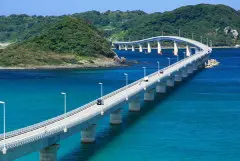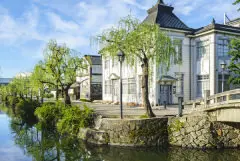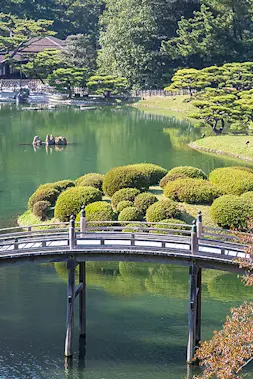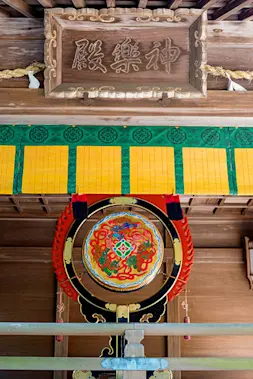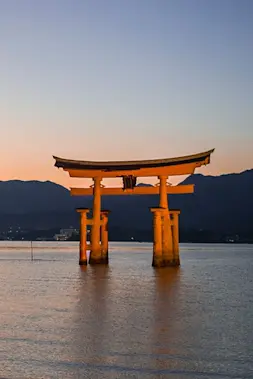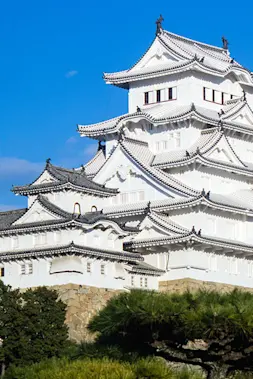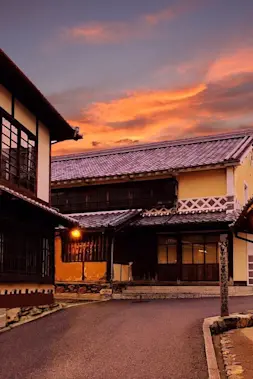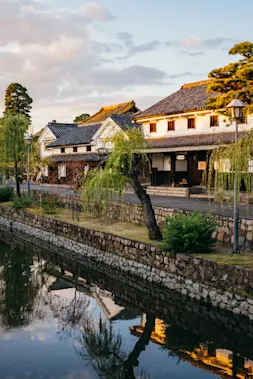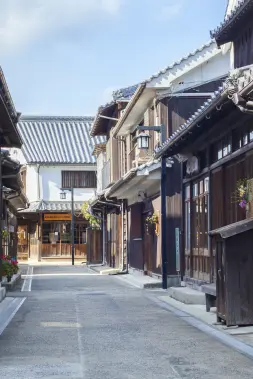History
Joei-ji Sesshu-tei Garden - Artwork You Can Walk Through

-
- DESTINATION NAME
- Yamaguchi
-
- RELATED TAGS
-
- LAST UPDATED
- 16 October, 2019
Standing in the parking lot outside Joei-ji, the temple compound appears majestic — a stark contrast to the color and organic shapes and curves of the natural landscape surrounding it. With Yamaguchi City behind me, it feels as though I’m about to embark on a forest adventure into the hills, the temple acting as a gateway to the green beyond.
Though still out of view, I can hardly wait to see the temple’s famous landscaped garden, designed some 500 years ago by Sesshu, one of Japan’s greatest painters.
The temple was brought to its current location in 1863 at the end of the Edo era. Caught up in disaster, the temple later burnt to the ground, but was finally reconstructed to its former glory in 1931. While not grand in scale, it makes up for its small size with abundant detail. The excellent Zen stone garden alone makes the trip to this less-visited temple worthwhile.
However,or all the temple’s merits, I had come with a different objective — I was keen to see Sesshu’s creation.
Stepping out of the grand Main Hall into the garden, the first thing I notice are the stones arranged in front of the ornamental lake and surrounding green foliage.
I admired the scene for some moments before realizing I wasn’t actually in Sesshu’s Garden yet. Accordingly, I made a beeline for the entrance. While I had enjoyed the traditional stone garden, the walking garden behind the main building went beyond my expectations.
My first thoughts turn to how the view before me would have appeared before the current temple was transported here over 150 years ago.
When this garden was created some five hundred years ago, Yamaguchi City was the thriving center of a region enjoying a surge in wealth and trade on account of its location as the western gateway to Honshu, Japan’s largest island. Yamaguchi city was modeled on Kyoto, and at the time was an even bigger and more thriving center than it is today. During these opulent times, the ruling feudal lord requested the region’s most famous artist to design a garden, the one I’m now looking down upon.
Sesshu studied in China for three years before returning to his homeland where he became a famous artist. Today, he is still considered a great painter of landscapes, all thought to be scenes conjured from his imagination mixed with elements from actual locations.
Although not as well known for his garden design, Sesshu had quite a reputation for transforming the evocative strokes of his brush into physical form. His creation at Joei-ji is no exception. It is quintessentially Zen in its splendor, stripping away all that is unnecessary, as if creating one of Sesshu’s famous calligraphies using rocks, sparse vegetation, and water.
The centerpiece of the garden is a pond shaped like the kanji character for heart. It took about 20 minutes to stroll around the walking trail which encircles this distinctive water feature. Time and time again I had to stop along the course, as new turns and bends provided completely different perspectives of the garden. You can only marvel at the heightened aesthetic sense that went into creating this beautiful scene.
From within the overhang of sharp autumn colors mixed with softer greens, you can almost imagine yourself being painted into one of the artist’s imaginary landscapes. “Ah yes,” I think, “this is the type of scenery that drove Sesshu to create such compelling imagery.”
Despite wanting to stay longer in this relaxing scene, I was keen to see one of his paintings, so I decided to follow up with a visit the nearby Yamaguchi Art Museum to look at a recently re-discovered work. The piece was declared an original Sesshu work by the Yamaguchi Prefectural Government in 2017, and the brushwork and evocative imagery didn’t disappoint. The work depicted a small mountain scene of rocks, trees, and small boat by the water. Sesshu’s work is intricate and delicately alluring.
Not long before, I was contemplating the garden, and what Sesshu must have thought about it. Now physically looking at this delicate piece of art, the connections became strong. As I lingered in front of his series of paintings and Edo copies, I found myself wanting to know more — to discover still finer details within the tiny landscapes.
Leaving the darkened room, I was back to reality, but with a silent promise to myself to keep exploring the work of this amazing artist.
Photographs & Text by Julian Littler
RELATED DESTINATION
Yamaguchi
Yamaguchi is surrounded by ocean, mountains and rivers and is characterized by its climate, which is comfortable throughout the year. Its natural scenery, which includes some 1,500 kilometers of coastline, is a cut above. The prefecture has Kintaikyo Bridge, one of the three most famous bridges in Japan, and other tourist attractions, and its fugu (pufferfish) is famous as a winter dish.
